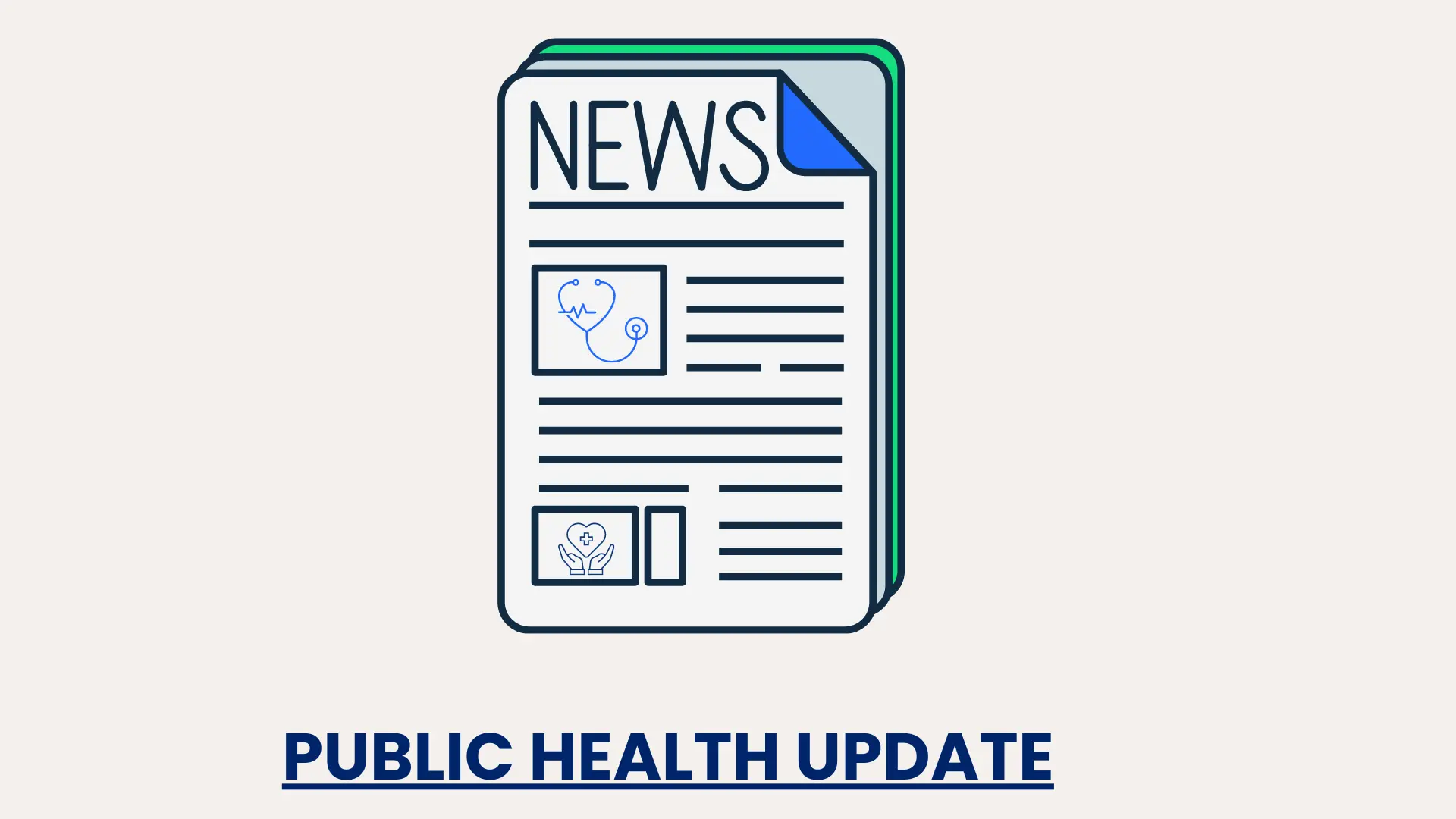The following information is from CT DPH, which was last updated on May 3, 2023.
For the latest COVID-19 guidance, please visit the Center for Disease Control and Prevention’s website: CDC.gov/covid
As the end of the nationally declared Public Health Emergency draws to a close on May 11, the Connecticut Department of Public Health has announced the State’s COVID-19 recovery plans and next steps. Please visit www.ct.gov/dph for ongoing updates.If you still can’t find an answer to your question, please email askdph@ct.gov
Q: What does the end of the Public Health Emergency on May 11 mean?
A: Earlier this year, President Biden announced that the nationally declared Public Health Emergency, would expire on May 11, 2023. Under U.S. law, the President can declare a national emergency in response to a disaster or crisis. While the emergency declaration is in effect, the executive branch can exercise “emergency powers” to address the crisis, such as providing various types of relief to individuals, and to state and local governments. When the nationally declared emergency ends, those powers are lifted, and policies that the President enacted using emergency powers expire. Governor Ned Lamont’s declaration of a Public Health Emergency under Connecticut law provided that it would end at the same time as the nationally declared Public Health Emergency.
Q: Does this mean that COVID-19 is gone for good?
A: No. Ending the COVID-19 emergency declarations does not mean the virus has been eradicated. We can all stay healthy and live with COVID-19 and other viruses by getting fully vaccinated, staying home when we are sick, and practicing good hygiene. These same successful health prevention tools apply to many infectious diseases. It is why we have made so much progress in the past three years.
Q: What should I do to protect myself from COVID-19:
A: You still should get vaccinated, get the updated vaccine, use at-home tests, stay home when you are sick, and wear a high-quality mask when respiratory viruses are circulating at high levels in your community. These are all ways we can continue to protect ourselves and manage this virus. We hope that COVID-19 will follow the trajectory of other seasonal illnesses and remain ready to ramp up our efforts during respiratory disease season which typically runs from October through April. Please visit the Center for Disease Control and Prevention’s website for the latest COVID-19 guidance.
Q: What about my HUSKY/CHIP, SNAP, or cash benefits?
A: Please visit the Connecticut Department of Social Services’ “Preparing for the End of the COVID-19 Public Health Emergency” webpage.
Q: What is going to happen to the COVID Alert CT app?
A: The COVID Alert CT app which was developed for the Apple iPhone and Android platforms will be discontinued starting May 11 per the Association of Public Health Laboratories, Apple and Google. Messages regarding this are being deployed to all users of this app.
DPH Public Health Emergency Recovery and Demobilization Plans
COVID-19 Testing
- State supported COVID-19 testing at four Community Health Centers will end on June 30, 2023.
- Self-test kits are still available from the federal government at www.covid.gov or they can be purchased at pharmacies and other retail outlets.
COVID-19 Vaccines
- The DPH mobile clinics officially end on June 30, 2023. Organizations interested in making an appointment for updated COVID-19 vaccines through the mobile clinics can do so before June 19 via ct.gov/coronavirus.
- For Connecticut residents who are homebound, the homebound COVID-19 vaccination program is available until June 30, after which time individuals should contact their health care provider to receive the updated COVID-19 vaccine, just as they do for seasonal influenza vaccine and other preventative health care services.
- The federal government will continue to distribute vaccine to healthcare providers such as retail pharmacies, hospitals, and physician practices. After the Public Health Emergency ends, the federal government will continue to distribute all available vaccines in their inventory, free to U.S. residents, until that inventory is depleted or expires.
- Once the federal government exhausts its inventory of COVID-19 vaccines, they will be made available commercially like other vaccines, such as flu vaccines, through an individual’s private insurance plan; through publicly funded programs such as Medicare, Medicaid, and the Vaccines for Children program; or directly by consumers.
COVID-19 Therapeutics
- Access to treatments such as Paxlovid and Lagevrio will still be available from providers and retail pharmacies
Long-Term Care
- DPH will continue to support long-term care facilities in helping to identify and limit any COVID-19 outbreaks. DPH is committed to offering education and training for outbreak control which can affect the state’s most vulnerable citizens
Women, Infants and Children Program (WIC)
- WIC program waivers will end 90 days after the Public Health Emergency ends (Aug. 9, 2023). More updates will follow.
Disease Surveillance and Reporting
- DPH will issue its last COVID-19 report for the 2022-23 respiratory viral disease season on the Open Data Portal on June 1, 2023.
- COVID-19 public data reporting will resume on Oct. 5, 2023, and continue through the winter months, as part of DPH’s respiratory surveillance reporting program. This new COVID-19 report will include data that are relevant to current COVID-19 disease activity and trends and integrate COVID-19 with viral respiratory surveillance reporting, including influenza.
Additional Resources:
ASTHO Public Health Review Morning Edition #381: Pandemic Polling, Ending the PH Emergency


